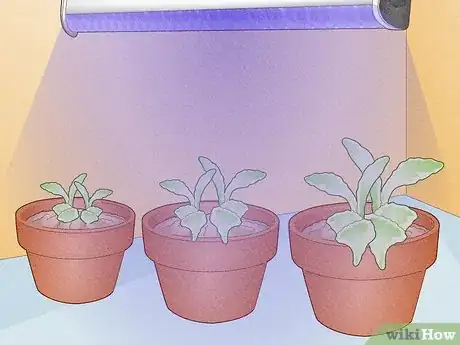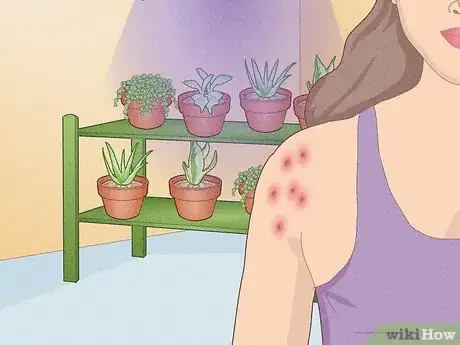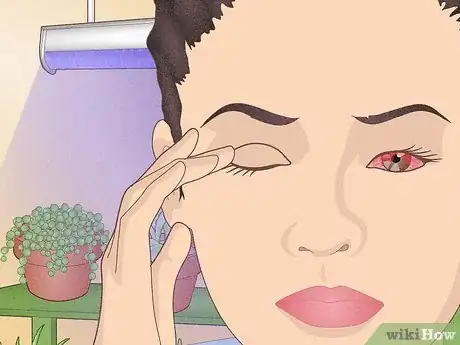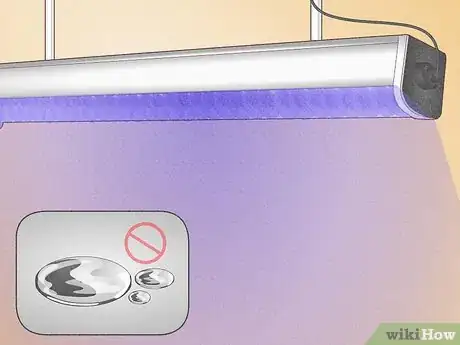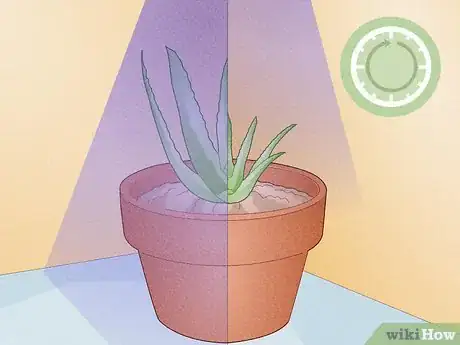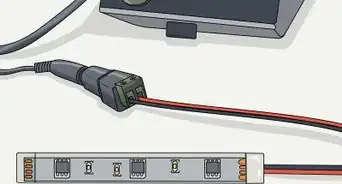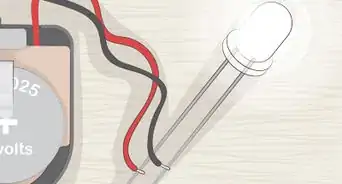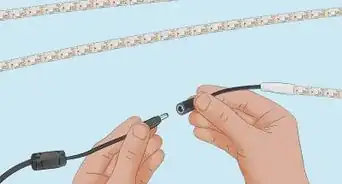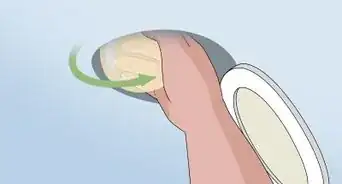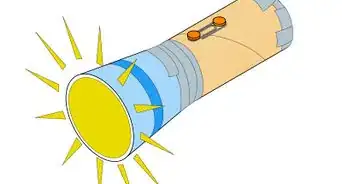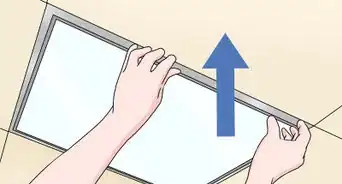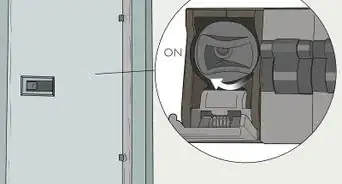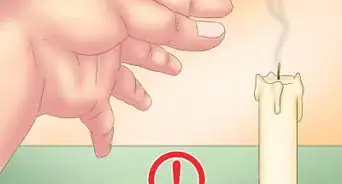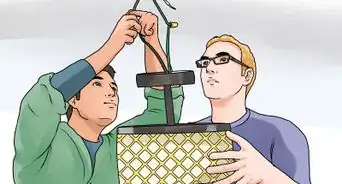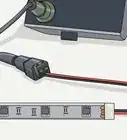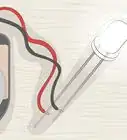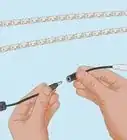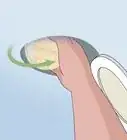This article was co-authored by Lindsey Swett. Lindsey Swett is a Plant Specialist and the Owner of Niche Plant Shop in Boston, Massachusetts. She has over a decade of experience working in several plant settings, including golf courses, public parks, and commercial garden centers. Her focus now is on helping plant owners care for their indoor plants. Lindsey holds a Master of Landscape Architecture from The University of Michigan.
There are 13 references cited in this article, which can be found at the bottom of the page.
This article has been viewed 15,886 times.
Public interest in indoor gardening is blooming, and lighting technology has grown to support it! Starting seeds early, enjoying veggies year round, and protecting delicate leaves from pests are just some of the reasons to bring your garden inside. Your indoor garden will need an indoor sun, which is where LED grow lights enter the picture. This fairly new tech has germinated a lot of questions about UV radiation and safety, so read on to find out what facts about LED grow lights have emerged from the dark.
Steps
Warnings
- Not all plants thrive under LED grow lights, so do some research about your specific plant before depending or investing in this kind of equipment.⧼thumbs_response⧽
- For certain plants, you also have to consider the placement of the light, since they cannot be too close. Direct and close rays for a long time can actually scorch your plants.⧼thumbs_response⧽
References
- ↑ https://www.cdc.gov/nceh/features/uv-radiation-safety/index.html
- ↑ https://iopscience.iop.org/article/10.1088/0268-1242/29/8/084004
- ↑ https://www.ncbi.nlm.nih.gov/pmc/articles/PMC8408258/
- ↑ https://www.mdpi.com/2311-7524/7/1/9/htm
- ↑ https://www.ncbi.nlm.nih.gov/pmc/articles/PMC8408258/
- ↑ https://deohs.washington.edu/nwcohs/blog/over-exposure-uv-light-hazard-cannabis-growing-facilities-uw-researchers-say-yes
- ↑ https://www.ncbi.nlm.nih.gov/pmc/articles/PMC6280109/
- ↑ https://pubmed.ncbi.nlm.nih.gov/20030543/
- ↑ https://www.scientificamerican.com/article/led-lightbulb-concerns/
- ↑ https://www.epa.gov/sites/default/files/2014-12/documents/technology_assessment_of_light_emitting_diode.pdf
- ↑ https://calgary.rasc.ca/lp/plants.html
- ↑ https://extension.unh.edu/resource/growing-seedlings-under-lights-fact-sheet
- ↑ https://www.extension.purdue.edu/extmedia/ho/ho-238-w.pdf
- ↑ https://growhotpeppers.com/indoor-grow-lights/

